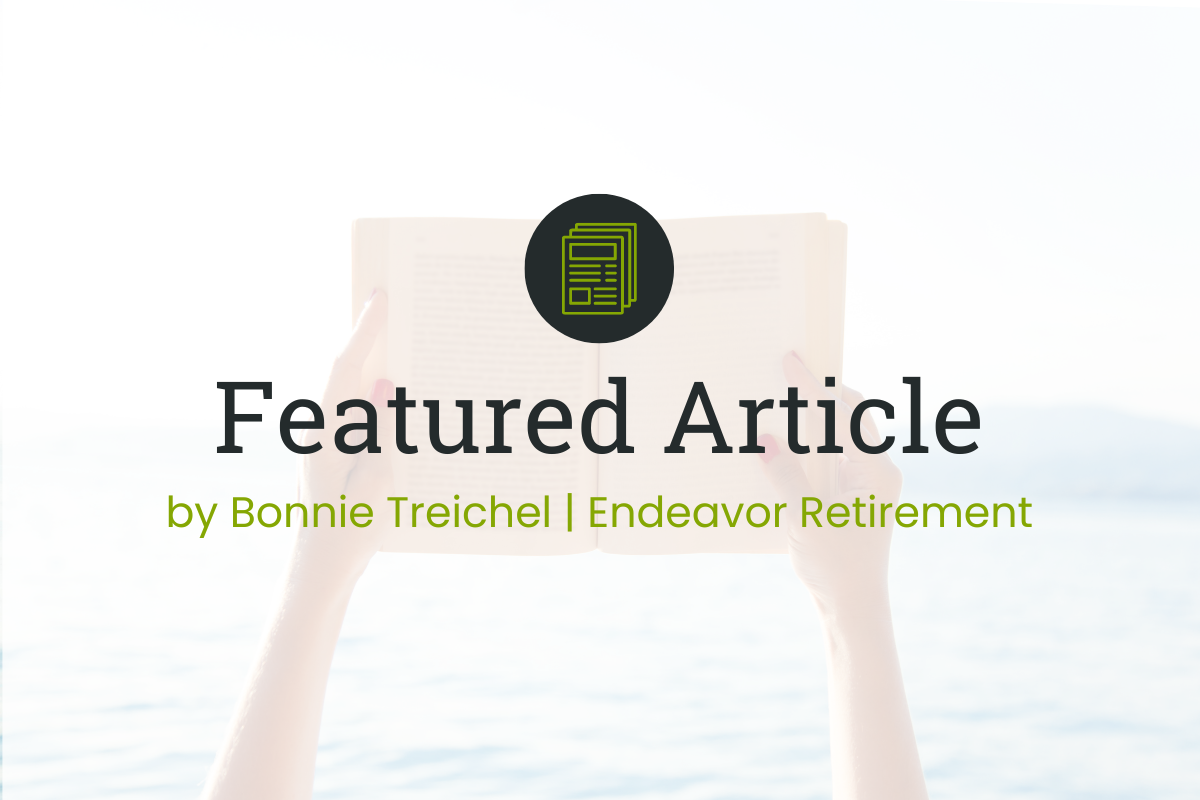Author | Bonnie Treichel
Do you ever hear the term “safe harbor” thrown around in a lot of different contexts, but you aren’t sure what it means? If that’s the case, you aren’t alone. The term safe harbor comes up a lot with retirement plans. Congress created safe harbors to make plan sponsors feel “safe” and relieved from liability, but sometimes it requires a reminder to recall what these safe harbors really are. Let’s take a look…
Here’s What You Really Need to Know:
- There are multiple types of safe harbors associated with retirement plan design, and these safe harbors are optional for plan sponsors.
- For plan sponsors, the benefit of electing a safe harbor is that in general, safe harbors allow plan sponsors to reduce liability and simplify compliance so long as certain conditions are met.
- Safe harbor protection is only afforded to plan sponsors and not to financial advisors and consultants, though financial advisors and consultants can also substantially reduce liability by assisting their plan sponsors in meeting the fiduciary safe harbor(s).
Let’s Dive In…
There is often a fear of litigation associated with decisions related to retirement plans. To mitigate liability, plan sponsors should consider the impact of safe harbors. Safe harbors are provisions within a law or regulation that are highly desired by plan sponsors (or plan fiduciaries) because they mitigate fiduciary risk and provide clear and certain methods for reducing legal or civil liability.
Overview of Safe Harbors
There are three common examples of safe harbors that plan sponsors may be utilizing:
- 401(k) safe harbor: A plan sponsor is relieved from certain nondiscrimination testing requirements by making mandatory contributions to participant accounts or by offering a qualified automatic contribution arrangement (“QACA”) that meets specific criteria. To meet this safe harbor, there are specific requirements for contributions and notices, and there are two ways to satisfy this safe harbor: (a) traditional safe harbor plan or (b) QACA safe harbor plan. Most plan sponsors work closely with a recordkeeper or third-party administrator (“TPA”) to satisfy these requirements.
- Qualified Default Investment Alternative (“QDIA”) Safe Harbor: The Pension Protection Act of 2006 introduced the QDIA safe harbor to provide plan sponsors with protection from liability when investing participant assets in default investment options. This allowed for a default option when plan sponsors utilized features such as automatic enrollment. Plan sponsors can protect themselves from liability for losses resulting from investing participants’ assets in a default investment option so long as specific criteria from the Employee Retirement Income Security Act (“ERISA”) are met, including providing a notice initially and annually thereafter to let participants know about the investment option that has been selected on their behalf.
- Participant Fee Disclosure Safe Harbor: Plan sponsors can also satisfy certain disclosure requirements related to participant fees and expenses by following the safe harbor provided in ERISA regulations. This safe harbor includes providing participants with certain information about plan fees and expenses in a clear and understandable manner. While these are some of the more common safe harbors, there are other safe harbors that are also optional and which plan sponsors can take advantage of to relieve themselves of liability. For example, there is a safe harbor related to ESOPs. There is also a safe harbor related to the selection of in-plan annuity providers. Introduced by the SECURE Act of 2019, this safe harbor provides protection to plan sponsors when selecting annuity providers and products to offer within retirement plans. The SECURE Act safe harbor outlines specific requirements for due diligence and disclosure related to selection of the underlying insurer(s) that must be met initially and annually thereafter.
Action Items for Plan Sponsors
As a plan sponsor, consider these action items as you work with your advisor to evaluate your fiduciary processes:
- Review and understand the available safe harbor protections, including those outlined above.
- For those safe harbor protections that the plan fiduciaries are taking advantage of, review the requirements to ensure each is being met.
- Determine an ongoing cadence to periodically review and ensure compliance with available safe harbors. For each ongoing review of compliance, document the review.
- Review and determine whether additional safe harbors should be utilized in cases where existing ones are not used.


